Armand Fernandez, known as ARMAN, was born on November 17, 1928 in Nice and died on October 22, 2005 in New York. He was a French-American artist, painter, sculptor and visual artist, known for his "accumulations".
He was one of the first to directly use manufactured objects as pictorial material, which represented for him the multiple and infinite extensions of the human hand that undergo a continuous cycle of production, consumption, destruction.
The only son of Antonio Fernandez, a furniture and antiques dealer of Spanish origin who had lived in Algeria, and Marguerite Jacquet, from a family of farmers in the Loire, the young Armand showed an early inclination for drawing and painting. After his baccalaureate, he studied at the École des arts décoratifs in Nice (now the Villa Arson), then at the École du Louvre. He met Yves Klein and Claude Pascal at the judo school they attended in Nice in 1947. With these two friends, he became interested for a time in Eastern philosophies and Rosicrucian theory. At the end of 1957, Arman, who signed his works with his first name in homage to Van Gogh, decided to abandon the "d" in Armand and made his artist signature official in 1958, on the occasion of an exhibition at Iris Clert. In October 1960, he held the exhibition "Le Plein" where he filled Iris Clert's gallery with discarded objects and the contents of selected trash cans. This exhibition was the counterpoint to the exhibition "Le Vide" organized two years earlier at the same gallery by his friend Yves Klein. Also in the same month, under the leadership of art critic Pierre Restany, Arman became, with Yves Klein, one of the founding members of the group of the New Realists (proclaimed by Restany: "new perceptive approaches to reality"), alongside François Dufrêne, Raymond Hains, Martial Raysse, Daniel Spoerri, Jean Tinguely and Jacques Villeglé, joined later by César, Mimmo Rotella, Niki de Saint Phalle, Gerard Deschamps and, in 1963, Christo. From 1961, Arman developed his career in New York, where he lived and worked half of his time, alternating with his life in Nice until 1967, then in Vence until his death. In New York, he first stayed at the Chelsea Hotel until 1970, then in a loft in the SoHo district and, from 1985, in his building in TriBeCa. At the end of 1989, Arman received the Legion of Honor from President François Mitterrand. Three years after his death in New York, part of his ashes were brought back to Paris in 2008 to be buried in the Père-Lachaise cemetery (division 11, a few meters from Frédéric Chopin). Throughout his life, Arman was also a passionate collector of everyday objects (watches, weapons, pens, etc.) and art objects, particularly traditional African art, of which he was a connoisseur, a valued and recognized specialist. He is represented by the Templon gallery in Paris and Brussels.






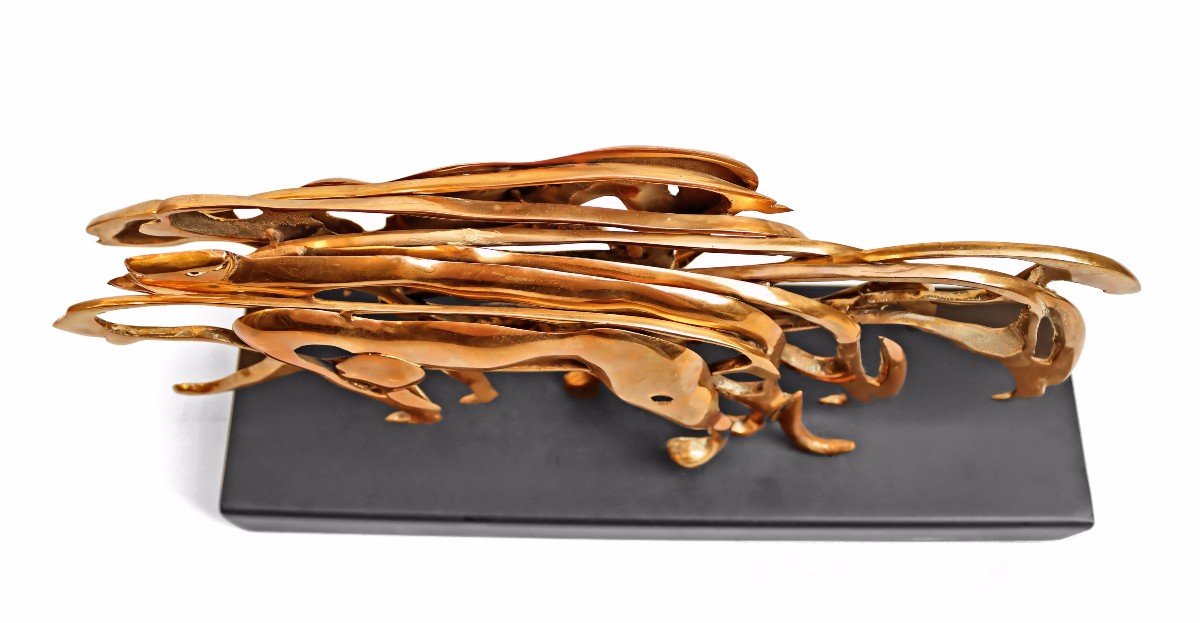





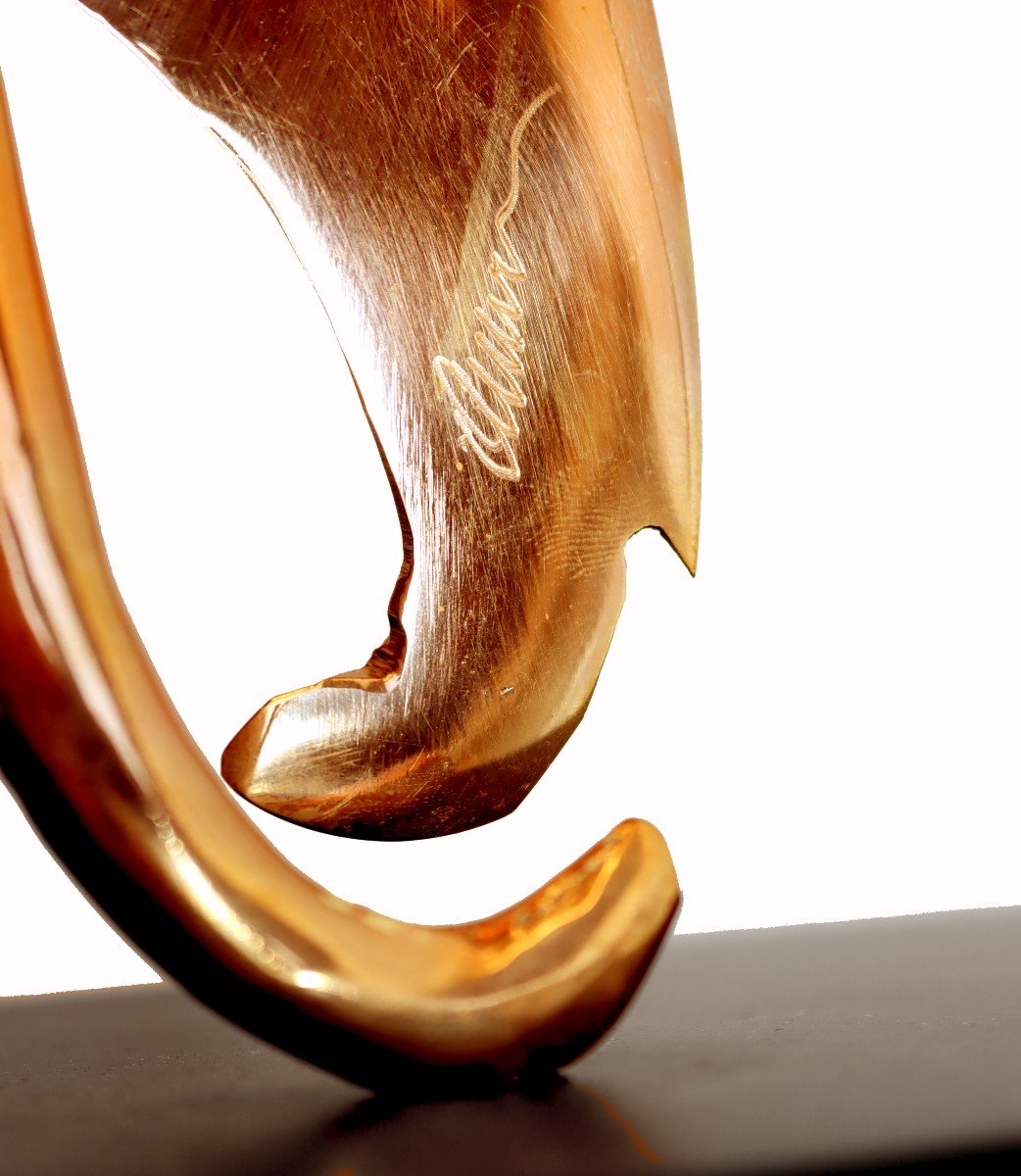
















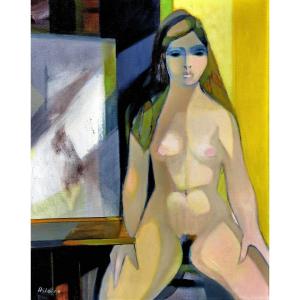















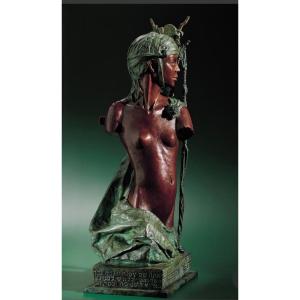
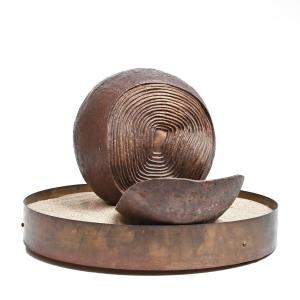



 Le Magazine de PROANTIC
Le Magazine de PROANTIC TRÉSORS Magazine
TRÉSORS Magazine Rivista Artiquariato
Rivista Artiquariato